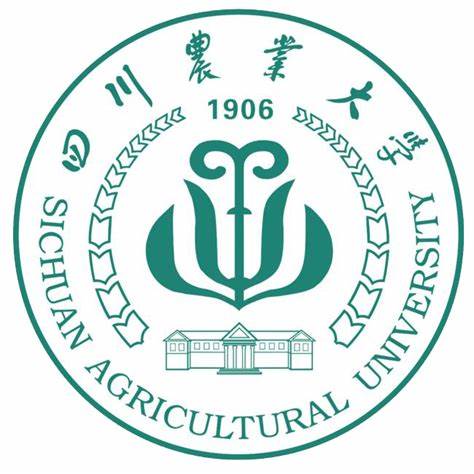Identification and Genome-Wide Association Analysis for Fusarium Crown Rot Resistance in Wheat
作者: 刁圣轩 审稿人:魏育明 时间: 2023-06-08 点击次数:次
https://apsjournals.apsnet.org/doi/10.1094/PDIS-08-22-1861-RE
Plant Disease,10 Apr 2023
Yu Lin,Hao Chen,Ning Yan,Chao Li,Shuai Hou,Yuzhou Mou,Fangkun Wu,Zhiqiang Wang,Haoran Shi,Caixia Li,Yaxi Liu
Abstract
Fusarium crown rot (FCR) is a fungal disease and severely decreases wheat production worldwide. Tibetan semiwild wheat, Yunnan hulled wheat, Xinjiang rice wheat, and Sichuan white wheat are four subspecies landraces endemic to western China and have rich genetic diversity in response to biotic and abiotic stresses. Here, a natural population, including 209 wheat accessions of four subspecies, was evaluated for FCR resistance. he genome-wide association study was performed using the wheat 55K single-nucleotide polymorphisms (SNPs). The results showed that the disease index (DI) ranged from 16.88 to 85.00, while six accessions showed moderate to high resistance (DI ≤ 30). Genome-wide association analysis identified 10 stable loci for FCR resistance on chromosomes 1B, 2A (5), 5A, 7A, 7B, and 7D. Four major loci—Qfcr.sicau.2A-1,Qfcr.sicau.2A-3,Qfcr.sicau.5A, andQfcr.sicau.7D—explained 6.01 to 14.48, 9.76 to 13.11, 8.19 to 10.29, and 5.76 to 12.21% phenotypic variation, respectively. Quantitative trait loci (QTL) pyramiding analysis of these four major loci revealed that accessions with four resistance haplotypes could significantly decrease FCR severity by 9.35 to 31.61% compared with those without or with one to three resistance haplotypes. One kompetitive allele-specific PCR (KASP) marker each was successfully developed forQfcr.sicau.2A-1andQfcr.sicau.7D. The KASP marker ofQfcr.sicau.2A-1was used to genotype in an F6recombinant inbred line population. The result showed that the lines carrying the resistance allele reduced FCR severity by 17.78%, demonstrating the importance ofQfcr.sicau.2A-1in resistance breeding programs. Our findings provide valuable QTL and breeder-friendly PCR-based markers for applications in FCR resistance breeding programs. Our study also proved that gene pyramiding of major loci could enhance FCR resistance.


